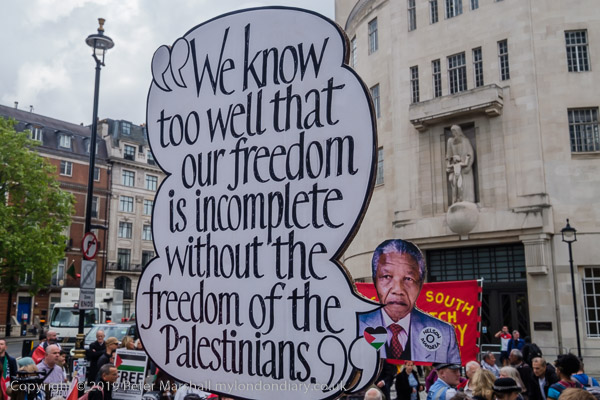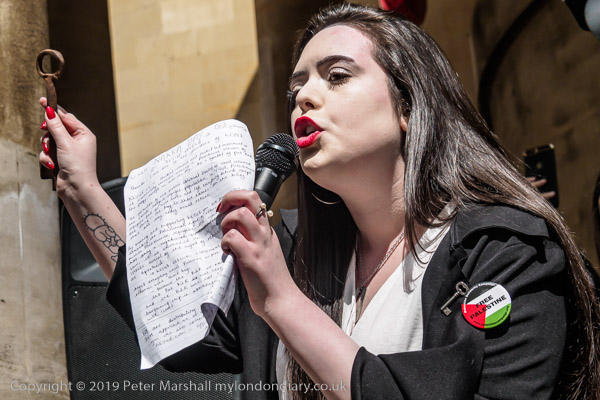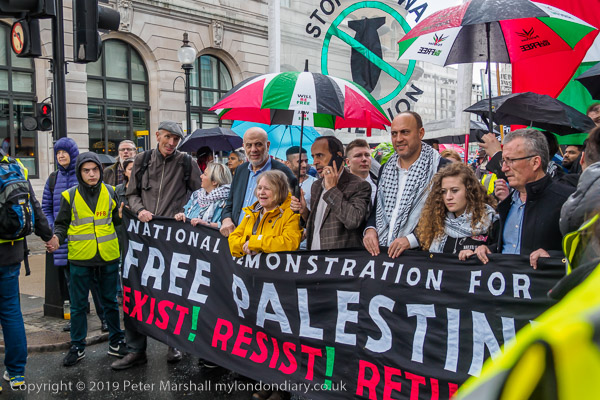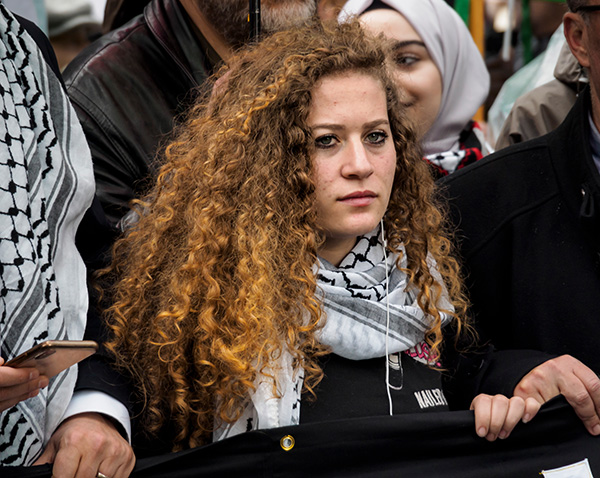I recently came across a post on Petapixel, My 10 Year Search for the Perfect Camera Brought Me Back to APS-C written by international photographer and filmmaker based in San Francisco Kien Lam. Although I try to avoid thinking too much about gear, like most photographers I suffer from a considerable amount of insecurity and the feeling that somehow a better camera or lens would improve my work.
It’s a feeling that over the years has led me to buy numerous cameras and lenses, most of which now lie unused in cupboards either because I can’t be bothered to sell them, or because of a feeling that one day I might just take them out and use them again.
Things were rather easier in the days of film, and there were usually what seemed to be very good reasons to change to a new camera. I got fed up with the Zenith B because it was a clunky beast that required so much force to wind on film that it was easy to rip a film in two. Its one camera I didn’t hang on to when I moved to the Olympus OM1, which compared to it seemed an almost perfect camera – and one I used until various bits fell off and I replaced it with an OM4. I still have two of these, to my mind still the most perfect cameras of their type.
But I still bought other cameras. For some types of photography I preferred a rangefinder Leica. Starting with a battered secondhand Leica M2, I later bought a nearly new Minolta CLE, another great camera with decent exposure metering well before Leica’s own. Leica’s shutter was noisy and intrusive compared to the Hexar F, another camera I loved, though its fixed 35mm lens wasn’t quite wide enough. The main problem I had with its silent mode was that I was often not sure if I’d actually taken a picture or not.
Then there were cameras of a more specialist nature, each with their uses. Several swing lens panoramic models, medium format and even 4×5″ cameras, and another favourite, the Hassleblad X-Pan.
The came digital. After some compact cameras I started seriously with the Nikon D100. The pictures were fine but the viewfinder was abysmal, reason enough to upgrade to D70, then the D200 when that came out. Then the D300… Cameras were beginning to seem disposable, each new model offering more pixels. Then came full-frame, and really I should have resisted, but I didn’t. I didn’t really need the extra pixels, but again the viewfinder was better, though I ended up taking a lot of images in DX mode and enjoying being able to view outside the frame lines.
Most of those digital cameras I’ve actually passed on to friends or swapped including the disastrous Leica M8 with its colour problems. It was that swap that really got me into Fuji, with the X Pro1. A nice optical viewfinder but rather poor with lenses outside its range which needed th electronic version.
I’ve still got my Nikon kit, two working bodies, though a couple went beyond economic repair, and various lenses. The D810 is now mainly used to ‘scan’ negatives, though occasionally taken out until the virus lockdown for its low light capability. But I find the kit too heavy for me now, and looked around for a lighter system.
For a while I used an Olympus OM-D E-M5 Mark II which seemed in some ways very similar to my old and well-loved OM film cameras. Some fine lenses – both Olympus and Panasonic Leica – but just occasionally I felt there was something lacking in the images from the smaller sensor.
Eventually I went back to APS-C, and like Kien Lam to Fuji, though to the less expensive options of a Fuji XT-1 and an XT-30. It was the latter than decided it for me, roughly as small and as light as the Olympus, and I bought it rather than commit to Olympus by buying a second Olympus body. Unlike Kien Lam I’m not searching for a perfect camera, and I certainly spend a lot of time swearing at the Fuji cameras with their complicated buttons and menus. But the lenses are excellent (though some are rather expensive) and I’ve yet to find myself thinking that any particular image would have been better on full-frame.




